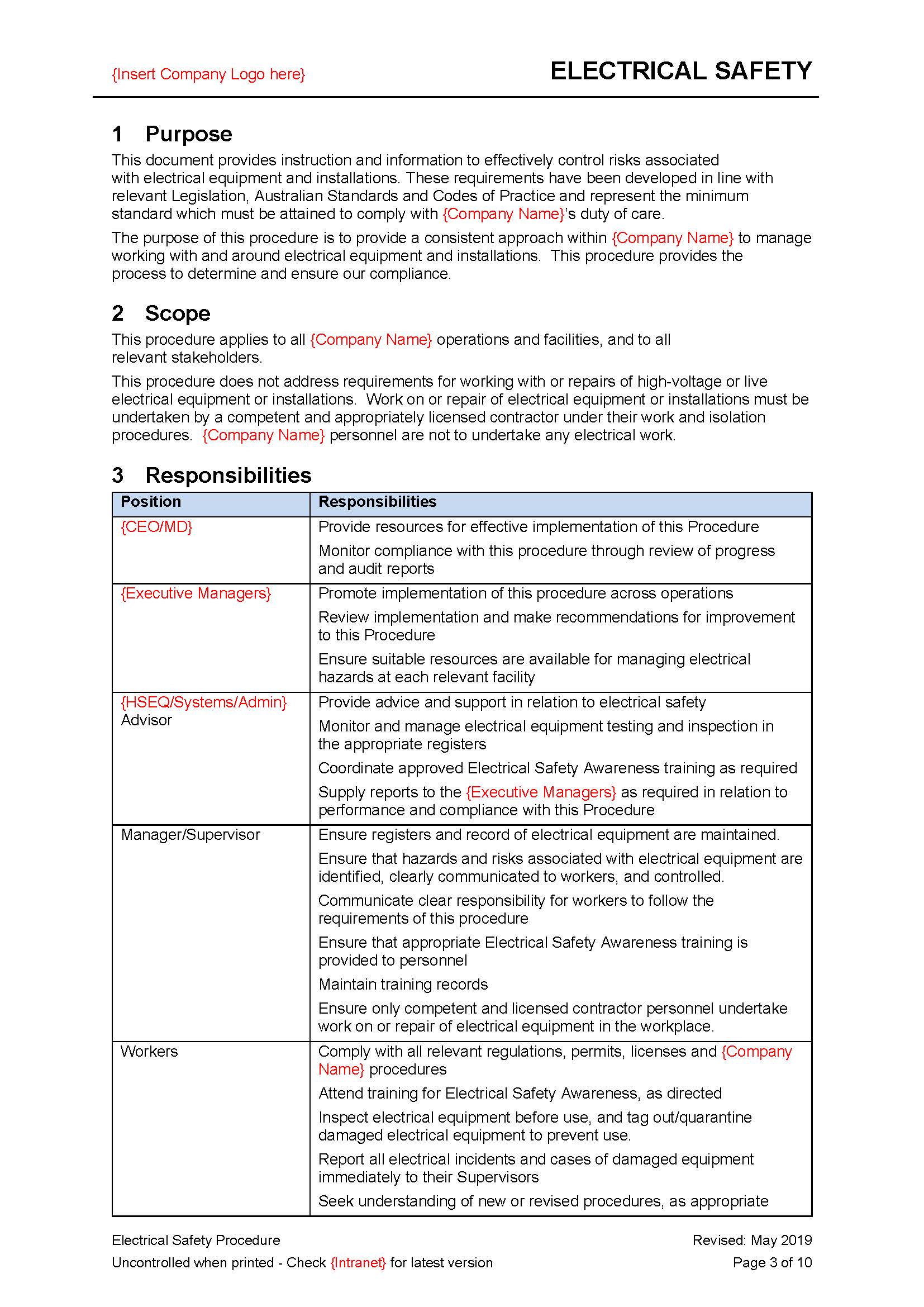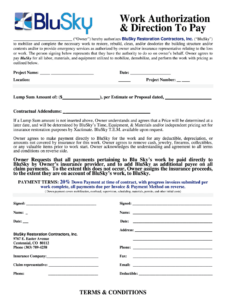Maintaining a safe workplace for your electrical contracting business is of utmost importance. An effective electrical contractor safety program template can serve as a valuable tool in establishing and enforcing comprehensive safety protocols. This article provides a detailed overview of key components to consider when developing your own safety program.

Comprehensive Safety Policies and Procedures
Establish clear and concise safety policies and procedures that outline the company’s commitment to worker safety, identify potential hazards, and provide guidance on safe work practices. These policies should cover areas such as electrical hazard control, personal protective equipment, emergency response, and incident reporting.
Regularly review and update these policies and procedures to ensure they remain relevant and effective. Involve employees in the process to foster ownership and encourage compliance. Provide comprehensive training on the safety program to all employees, including new hires, to ensure a thorough understanding of their responsibilities and expectations.
Conduct regular safety inspections and audits to identify and address any potential hazards or areas of non-compliance. Use the findings of these inspections to update your safety program and improve overall workplace safety.
Hazard Identification and Risk Assessment
Proactively identify and assess potential hazards that may arise during electrical contracting work. Consider factors such as the specific tasks being performed, the environment in which the work is being done, and the tools and equipment being used. Conduct thorough job hazard analyses to identify potential risks and develop appropriate control measures.
Document and communicate identified hazards and control measures to employees. Ensure employees understand the risks associated with their work and the steps they need to take to mitigate those risks. Use written safety plans, checklists, and job safety briefings to communicate hazard information effectively.
Establish a system for reporting near-misses and incidents. These reports provide valuable insights into potential hazards that may have been overlooked and can help identify areas for improvement in the safety program.
Employee Training and Development
Provide ongoing training and development opportunities for employees to enhance their knowledge and skills related to electrical safety. This includes training on specific tasks, emergency procedures, and the use of personal protective equipment. Conduct regular refresher training to reinforce safety concepts and ensure employees remain up-to-date on best practices.
Encourage employee participation in safety committees or workgroups to foster a culture of safety awareness and involvement. Recognize and reward employees who demonstrate exceptional safety performance to motivate and encourage continued adherence to safety protocols.
Culture of Safety and Communication
Promote a positive culture of safety by encouraging open communication and reporting of safety concerns. Establish a safe and anonymous reporting system for employees to raise safety issues or concerns without fear of retaliation.
Regularly communicate safety messages and updates to employees through newsletters, emails, or safety meetings. Share success stories, lessons learned, and best practices to foster a continuous learning environment. Encourage employees to provide feedback and suggestions for improving the safety program.
